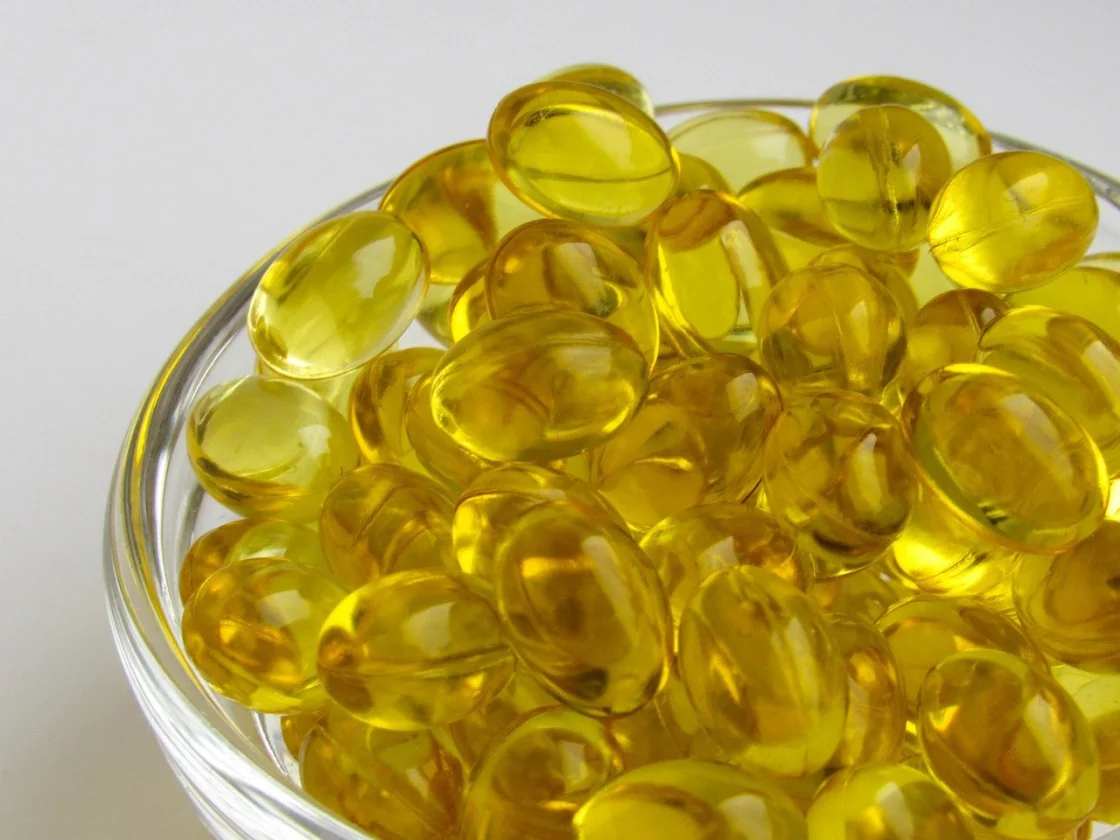Vitamin D is a fat-soluble nutrient that is found in certain foods and also synthesized in our body on exposure to ultraviolet (UV) rays from the sun. Very few foods have Vitamin D in levels that are sufficient to meet the recommended daily allowance (RDA) of the Food and Nutrition Board.
Although Vitamin D is essential for many bodily functions, the deficiency is extremely common. Most people do not get enough sun exposure due to their lifestyles. This is the reason many manufacturers fortify or enrich packed foods such as cereals, eggs and fruit juice with Vitamin D. It is recommended to take some supplements and get enough sun exposure to maintain the levels right.
THE BENEFITS OF VITAMIN D

The sunshine vitamin has several important functions in our body.
- They maintain healthy bones and teeth.
- They improve muscle strength.
- They play a role in the regulation of calcium levels and the proper absorption of other minerals as well.
- They boost our immune system.
- They prevent mood swings and ease mild symptoms of depression.
- They improve heart function by regulating blood pressure.
- They speed up the wound healing mechanism in our body.
- They help maintain our body weight at an optimum range by regulating the hormones associated with obesity.
- They help cure several skin conditions like psoriasis by increasing the rate of cell turnover.
VITAMIN D AND MENTAL HEALTH
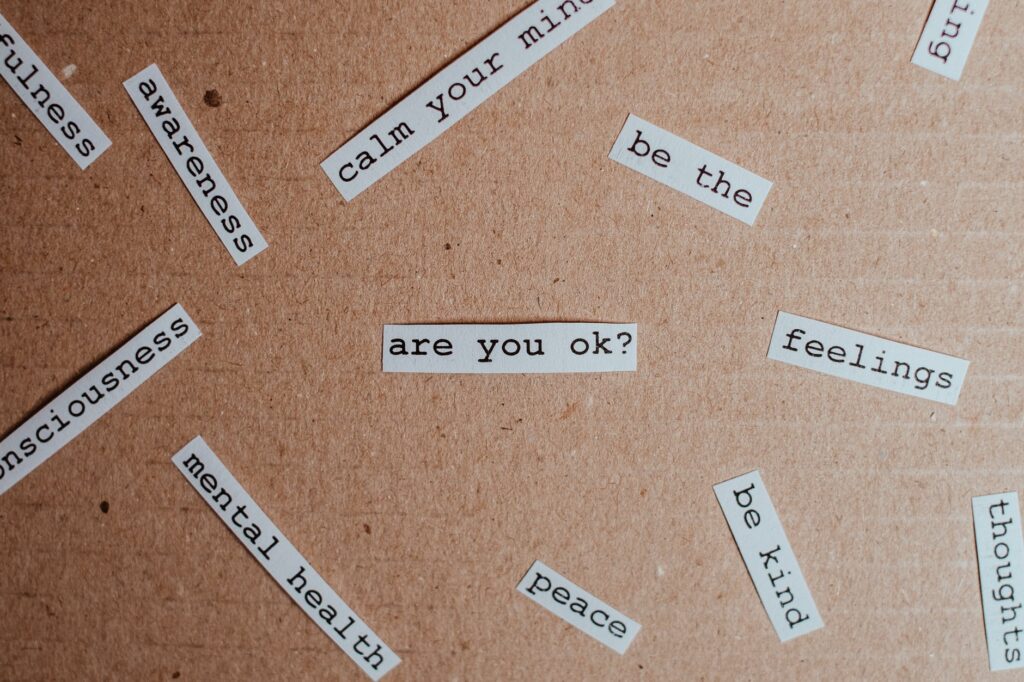
Apart from playing a vital role in our physical health, Vitamin D has a significant role to play in maintaining our mental health as well. It is the only vitamin that we can obtain from a non-dietary source.
“WE OFTEN TAKE THE SUN FOR GRANTED. BUT, OUR BODY HAS A MIRACULOUS ABILITY TO PRODUCE VITAMIN D ON EXPOSURE TO SUNLIGHT. STUDIES HAVE SHOWN A STRONG CORRELATION BETWEEN LOW VITAMIN D LEVELS AND DEPRESSION. LOW LEVELS WERE ALSO STRONGLY LINKED TO ANXIETY BEHAVIOUR IN THOSE WHO WERE ALREADY PRONE.”
CAN LOW VITAMIN D CAUSE FATIGUE?

As mentioned, Vitamin D has a role to play in bone health and muscle strength. Hence a deficiency in this vitamin can present as moderate to severe fatigue. A ‘feeling of tiredness’ being a very generic symptom, often tends to get overlooked. But once diagnosed, a supplement can help one quickly reverse the issue.
ARE WOMEN MORE PRONE TO VITAMIN D DEFICIENCY?

The following groups are more likely to experience Vitamin D deficiency:
- Pregnant and breastfeeding women
- Older women, especially those over 65 years of age
- Women who are stay-at-home parents
- Women who completely cover their bodies for cultural reasons
- People with darker skin tones
WHAT ARE THE SIGNS OF LACK OF VITAMIN D?
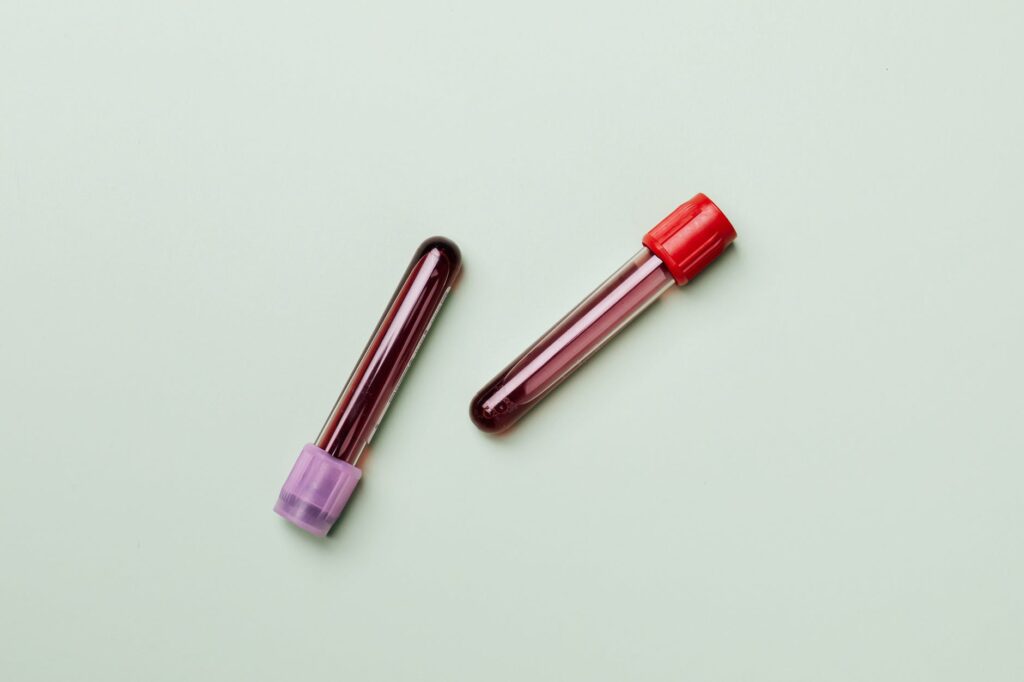
Vitamin D deficiency symptoms are often diagnosed during routine blood tests. The common problems can be brittle and fragile bones that cannot even withstand the normal weight-bearing functions. Even a small fall can result in broken bones. A common complaint is that the person broke the wrist bone just by falling from the couch. Sometimes there can be painful bones (not joints) which is an indication that the bones are starving for Vitamin D. This, if ignored, can lead to a condition called Osteoporosis which means porous weak bones.
“VITAMIN D DEFICIENT INDIVIDUALS ARE ALWAYS TIRED (CHRONIC FATIGUE).”
Brittle teeth are also a classic sign of deficiency. Dentists quite commonly come across complaints that the patient’s tooth broke in half even though they only bit something soft.
Immunity is also affected in case of a deficiency.
Other associated signs are depressed mood, slow wound healing, and muscle aches.
HOW TO FIX IT?
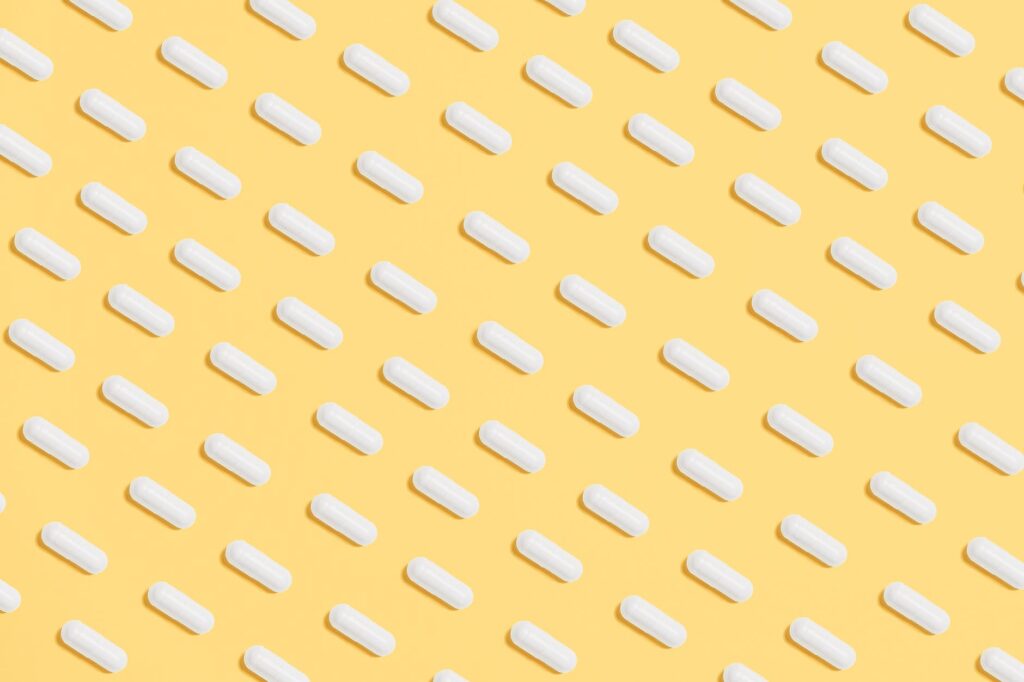
First, it is essential to identify the vitamin deficiency with the help of lab results. If the levels are between 10-20 ng/ml, it is a mild deficiency. Anywhere between 5-10 is moderate, and below 5 is a severe deficiency.
Once identified, the next step is to consult the physician for an opinion. The physician may prescribe Vitamin D supplements based on the individual requirement.
WHAT ARE SOME FOODS RICH IN VITAMIN D?

We all know that this vitamin is naturally obtained with sunlight exposure. Apart from that, the vitamin is available from some food sources too.
- Salmon, a fatty fish, is one of the richest sources of Vitamin D. Those who do not consume fish can take supplements instead, available in the form of Cod liver oil soft gel capsules.
- Seafood is not the only source – egg yolks are a healthy source of vitamin too. For the highest content, opt for eggs from free-range chickens as against those raised indoors.
- Mushrooms (grown wild) are the only non-animal sources of this precious vitamin. Mushrooms like shiitake, maitake, and morel are rich sources of Vitamin D. interestingly, these mushrooms also produce Vitamin D when exposed to sunlight, exactly the same way humans produce. Mushroom soup is a tasty as well as a healthy way of consuming the same.
“AMONG THE FORTIFIED SOURCES, COW’S MILK AND CHEDDAR CHEESE CAN BE VEGETARIAN ALTERNATIVES TO FISH AS THEY CAN SUPPLY THE SAME AMOUNT OF VITAMIN D TO THE BODY. FOR THOSE WHO ARE ALLERGIC TO MILK PRODUCTS, SOY MILK OR ORANGE JUICE THAT HAVE BEEN ENRICHED WITH VITAMIN D MAY BE GOOD ALTERNATIVES. IN MANY COUNTRIES, CEREALS AND OATS ARE ALSO AVAILABLE IN FORTIFIED FORMS.”
HOW MUCH VITAMIN D DOES ONE NEED DAILY?
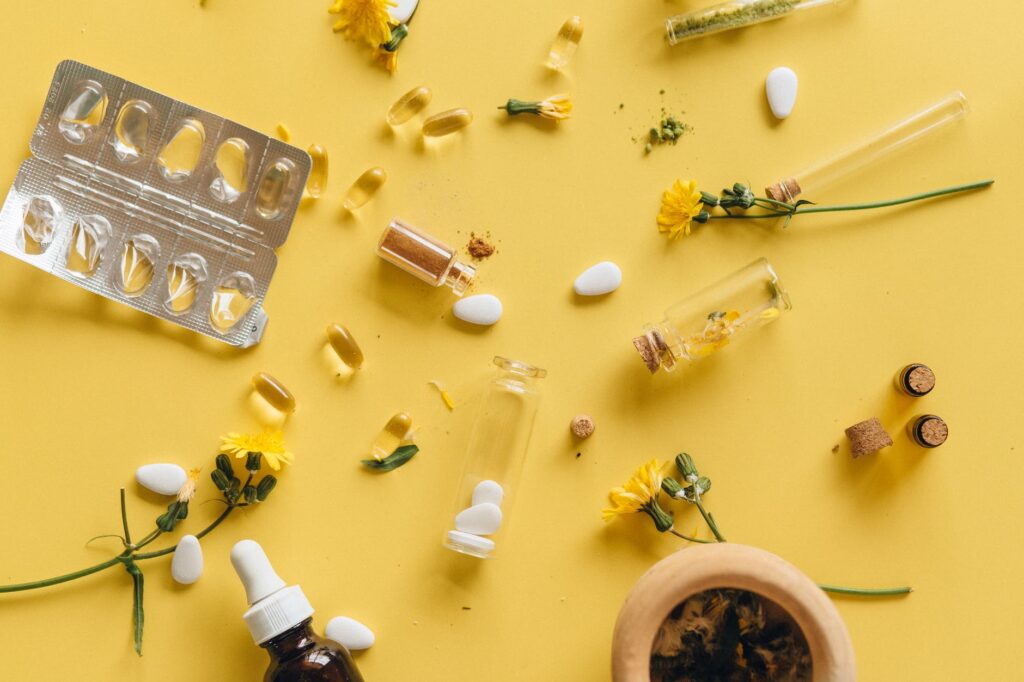
An average healthy adult requirement can vary between 600-1000 IU (international units) of Vitamin D every day. But there are a lot of factors in every individual that can make the requirement different. Factors like age, skin colour, geographical location, the amount of sun exposure and the current levels of vitamin D should be considered before deciding on the requirement.
THE BOTTOM LINE

Proper levels of Vitamin D is not only important to keep the bones and teeth healthy but also to keep heart diseases and many other diseases at bay. More than 60% of the population have become deficient in this sunshine vitamin after the pandemic has struck the world. Lockdowns and work from homes are compounding the already existing challenges of naturally getting this important nutrient. So, the bottom line is that safe sun exposure should become a conscious part of our daily routine so as to obtain the vitamin as naturally as possible. Let the sun shine on us!

